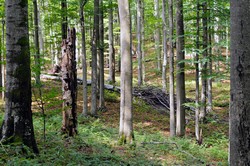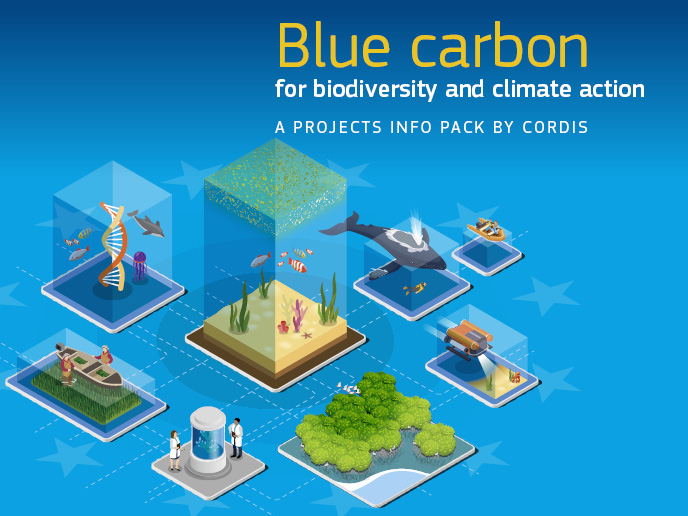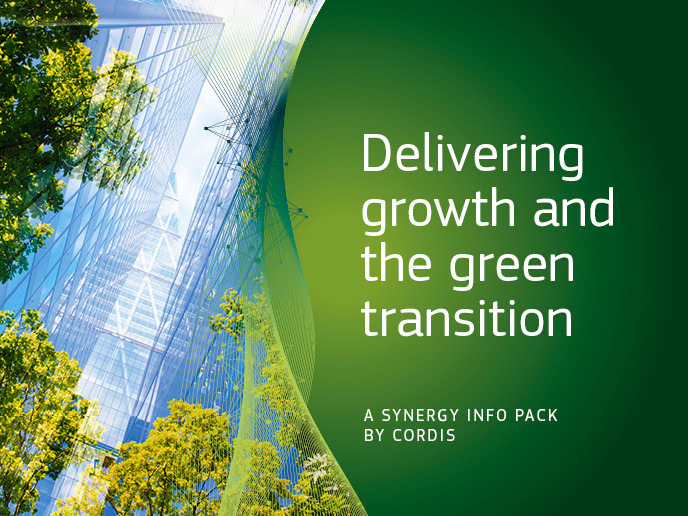Novel models for better forest management and conservation
The EU-funded FORESTA (Forest conservation and ecosystem accounting. Towards the integration of private and public values into land use decisions modelling at farm scale. An application to Andalusia montes) project aimed at developing an economic analysis methodology applicable to farms in order to assess and forecast the potential interactions between land-use, policy- and market-based incentives. This will help to encourage forest resources conservation while boosting the supply of ecosystem services (ES). Project partners developed two complementary modelling approaches to examine forest management and land use decisions, and how these influence the provision of several ES to farms and forests. Both approaches were applied to pasturelands and forests, particularly the seven most relevant tree species in southern Spain's Andalusia region. The environmental-economic forest management model integrates spatial-explicit economic and biophysical data. The FORESTA team used it to simulate the long-term evolution of forests in about 560 silvopastoral farms. They considered ES such as provisioning materials and carbon sequestration, 19 different forest management regimes and economic scenarios. One of the key findings shows a clear spatial variability in ES asset values and indicates the potential trade-offs connected to silvopastoral market-based provisioning services, carbon sequestration and water. In creating the second model, researchers extended an existing model that analysed the optimal path of afforestation and natural regeneration of oaks, and ensuing investment decisions. The new dynamic land use optimisation model was integrated with the first to analyse optimal afforestation and regeneration investment decisions over time. By combining environmental and economic data with modelling frameworks, FORESTA was able to evaluate management and land use decisions, and their impact on ES. It will support decision-making in forest conservation and land planning.







